The History of Storm (Ororo Munroe) and Why She’s So Important
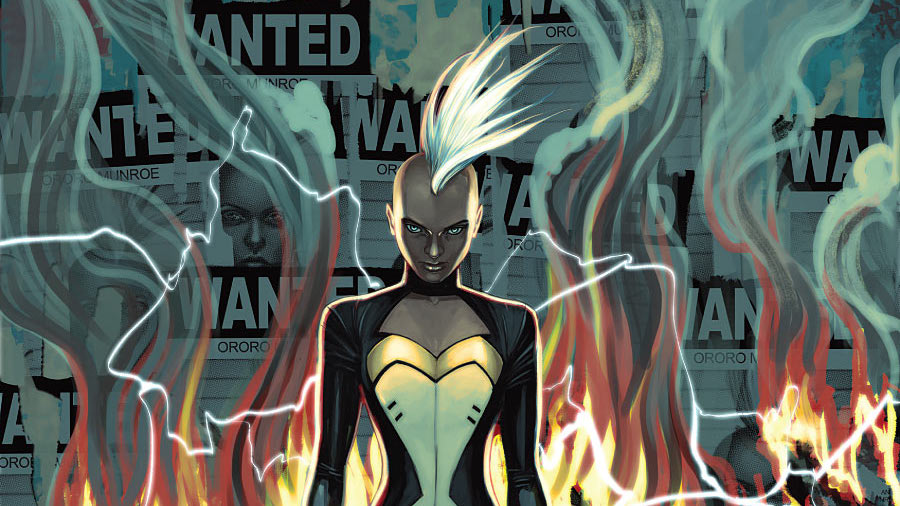
Contrary to where it is today, the X-Men weren’t always one of the most popular and profitable franchises at Marvel. In fact, they were one of the least. For reasons that don’t resonate as they do today, the world wasn’t ready for a group of teenagers who were genetically different from those around them. After all, during the time that they were created segregation still existed and discrimination ran rampant through society. Although President Lyndon Johnson signed the Civil Rights act shortly after their creation, everything it stood for took years to gain traction.
Stan Lee has admitted that the X-Men were meant to parallel what was happening in the real world. His books and words were designed to teach acceptance and tolerance. Different from the real world, Lee’s X-Men weren’t hated because of the color of their skin, their gender, or their religious beliefs. No, Lee’s X-Men were hated because they possessed superhuman abilities through the addition of the “x-gene”. Lee went out of his way to parallel what was happening in the world around him through his characters. Professor Xavier, for example, was the X-Men’s Dr. Martin Luther King. Like King, he believed in a world where all people, no matter their differences, could live in peaceful harmony amongst one another.
By all accounts, the X-Men should’ve failed miserably. It should’ve become but a blip on the comic book map. Not only were they unaccepted by readers all over the United States, but after unsuccessfully trying to gain a foothold in an increasingly demanding market, they were forced to reprint issues. These issues, numbers 67-93, had shiny new covers but contained no new content. This was a dark time for the X-Men and one that lasted for just over 4 years.
With nothing left to lose and wanting to inject life into the foundering franchise, Lee turned to writer Len Wein and artist Dave Cockrum. The duo set out to write and illustrate the first new X-Men comic book since issue #66. Their vision, however, didn’t see the creation of a regular comic book. No, their vision saw them create a double-sized issue called Giant-Size X-Men. This book served as a link between issue #66 and 94 all-the-while changing everything that was previously known about the X-Men.
Giant-Size X-Men was a huge hit for Marvel and one that changed the fate of the X-Men.
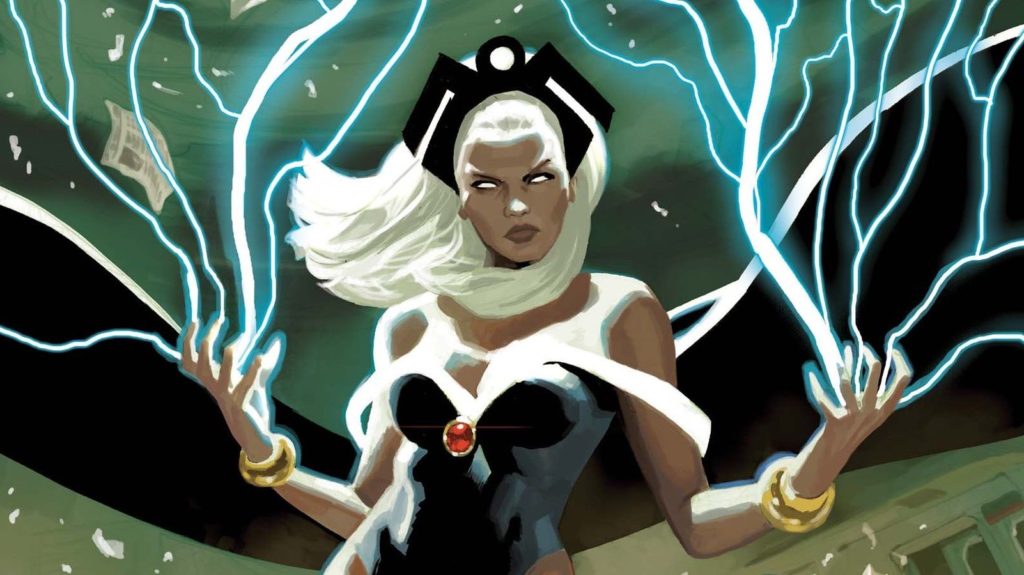
Arguably of all the characters that came from Giant-Size X-Men, none were/are as important as Storm (Ororo Munroe) Remember, Wolverine actually debuted at the end of The Incredible Hulk #180 and into The Incredible Hulk #181.
If you didn’t already know, Storm is an Omega-Level mutant, who has, for a time led the X-Men, ruled a nation, was the first would-be member of the X-Men that Professor Xavier met, rocked an iconic haircut, and beat Wonder Woman in battle. She is one of the most recognizable superheroes in existence and has done more for the genre than most comic book characters have ever dreamed of doing. As Storm evolved, so too evolved what she represented.
However, before we get to that…
As mentioned, the history of Storm began inside the pages of Giant-Size X-Men #1. The book was written by Len Wein, illustrated by Dave Cockrum, and was released in 1975. The issue saw the original X-Men (Cyclops, Jean Grey, Iceman, and Angel), along with on and off again recruits Havok and Polaris, disappear on the island of Krakoa. Worried about his students, Charles Xavier embarks on a mission to recruit mutants from all over the globe. Over the course of a handful of pages, he successfully recruits:
- Nightcrawler
- Colossus
- Wolverine
- Sunfire
- Thunderbird
- Banshee
- Storm
As the new team lands on Krakoa, they quickly learn that the island is more than it appears. Instead of being just a simple island, Krakoa is a large mutant. Even though as a new team they had no reason to succeed, they did succeed. By the end of the book, they had freed the captured X-Men.
More than revitalizing a floundering franchise, Giant-Size X-Men paved the way for readers to embrace many new mutants. As the popularity of the new mutants grew, so too did the readers desire to know more about them. More specifically, they wanted to know where they came from and what past events shaped their incredible lives.
Just look at the history of Storm.
Ororo Munroe is the daughter of the Kenyan Princess, N’Dare, and an American photographer named David Munroe. She was born in Harlem, New York, and raised there until her family moved to Cairo, Egypt. Shortly after landing in Cairo, tragedy struck when a plane crashed into her family’s house. Although she survived, the same can’t be said for her parents. As a result of the crash, and being trapped under a pile of rubble with her dead parents, Storm developed a deep-rooted fear of enclosed spaces. Now an orphan, she was taken in by Achmed El Gibár.
Under Gibár, Ororo learned to pickpocket; a skill that led her to her first encounter with Professor Xavier.
And how?
She learned to pickpocket passing tourists, one of which was Professor Xavier. Unfortunately, she wasn’t the only child thief as Gibár also took in and trained many others. Of all the students, Ororo was the most naturally gifted. Her time as a pickpocket has served her well in life. There have been countless instances where she has had to break into locks and inaccessible buildings.
After spending multiple years on the streets of Cairo, she decided to make her way south in search of her mother’s village. During her trek, she confronted and befriended a young T’Challa or the Black Panther. Although their love for one another grew, their relationship wasn’t meant to happen…at this time. Similar to Storm, T’Challa was embarking on his own rite of passage. That is, in order to become the Black Panther he had to prepare for various trials. One part of his preparation meant that he was to leave Wakanda and wander the African countryside.
Eventually, she reached the Kenyan countryside and then her mother’s village. Now at the village, she was taken in by a woman named Ainet. Even though Ainet saw her as nothing more than her “daughter”, the community saw her as a literal Goddess. This was primarily due to her ability to control the weather…which she had almost perfected at this point. Not willing to watch one village prosper and many others suffer, Ororo Munroe used her power to bring prosperity to villages all over the country.
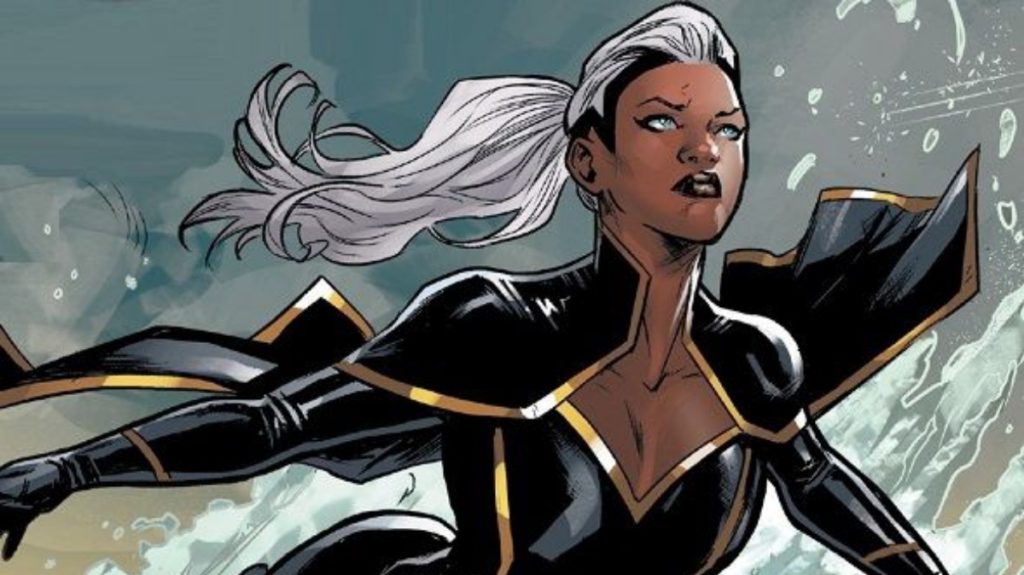
A woman who is able to control the weather isn’t too hard to find. So, when Professor Xavier was looking to recruit new mutants to his X-Men, he knew precisely where to find Storm. Upon his arrival, he explained to her that she was not a Goddess but instead a mutant. He told her of his missing students and asked her for help to find them. Without much deliberation, she agreed and the rest, as they say, was history.
The history of Storm (Ororo Munroe) has shown that she is a quintessential leader. She’s fearless, tactile, compassionate, and willing to do what others won’t. And by all accounts, what she’s become is a miracle.
Let me explain.
Storm was created at a time when there were very few Black heroes let alone female Black heroes. Alongside characters like Luke Cage, Black Panther, and Falcon, Storm helped usher in a new age of comics. This age, different from the ones before it, started to embrace superheroes of all ethnicities.
The early 1970s was a time of change in the United States. The Civil Rights Act was signed, segregation was on its way out, and the country really began to embrace the Black culture. The term Blaxploitation was gaining mainstream attention. Films began to not just include Black actors, but they began to cast them in starring roles. Suddenly, rather than being an extra, sidekick, villain, or the victim, characters like Shaft, Cleopatra Jones and Foxy Brown were becoming household names. This may make it seem like the United States was more accepting of minority cultures, and on paper it was. Off paper, however, was a different story.
The era was marred in controversy and blatant stereotypes. Even though films were being made and people were more exposed to Black culture than they ever had been, it was White men who decided how to portray it. As a result, much of the movement was filled with White stereotypes of Black culture. Its portrayal got so out of hand that organizations like the NAACP called for the end of the genre. By the end of the 1970s, it was all but dead. Although the genre died, it did provide an outlet for Marvel to push some of their Black characters. None benefitted from this more than Storm.
By the 1980s, Ororo Munroe was about to do what nobody new had done before…lead the X-Men.
Storm was the leader of the X-Men when very few female characters were anything more than sidekicks, caregivers of teams, and tropes for men. She led them at a time when their popularity was growing as fast as the turquoise killifish (it’s a thing, look it up). Like most things in her life, her ascension wasn’t easy. In fact, to be given the right to lead, she had to best the greatest leader the team had ever had in battle.
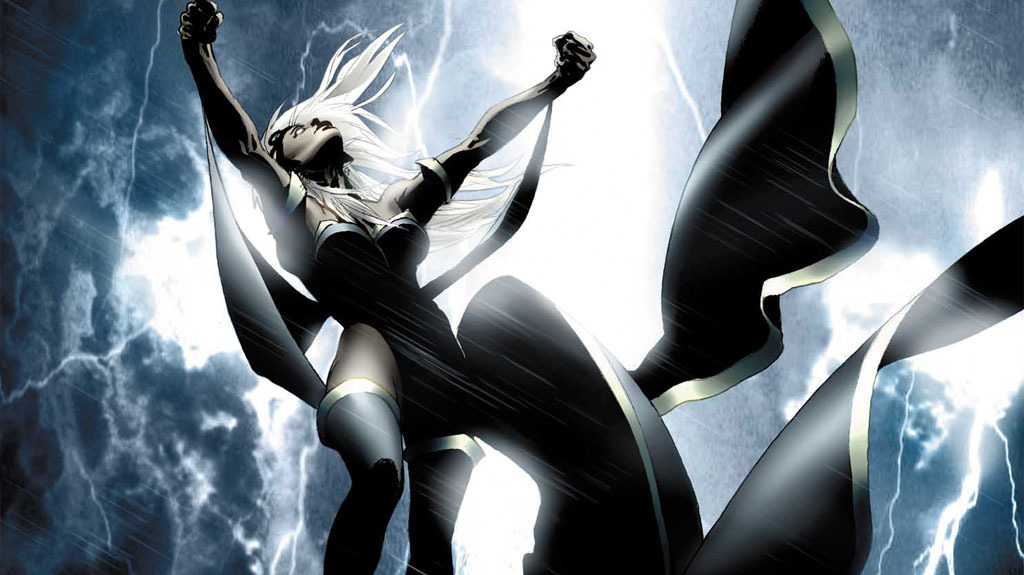
X-Men #201 is a landmark issue for both the history of Storm and the X-Men. Not only does she beat Cyclops for the leadership of the team, but she beats him in without the use of her powers.
Yep. You read that right.
She beat the long-standing leader of the X-Men, the heir apparent to Professor Xavier, and the face of the team for generations…without the use of her powers.
Here’s how she did it.
Issue #201 saw the birth of Scott Summers and Madelyne Pryor’s son, Nathan Summers. It also saw the X-Men without their founder Charles Xavier, Magneto as a “member” of the team, and Madelyne asking Scott to take time away from the X-Men. Her request caused immediate tension between the two. While she wanted him to spend time with his family, he saw Magneto as a threat and wasn’t comfortable stepping down in Professor Xavier’s absence. After hearing their argument, Storm proposed an idea. She suggested that she and Scott battle for the right to lead the team. He agreed and the two made their way to the Danger Room. The battle was quickly ended after Storm realized that the easiest way to beat Cyclops was to remove his protective visor. With his visor removed and unwilling to harm anyone around, Cyclops conceded defeat and stepped down as leader.
This moment signified great change for the X-Men. Above being led by a Black female, it marked the moment that Storm became one of, if not the most important, members of the team.
Her ascension shouldn’t have come as a surprise. After all, all signs pointed to it. For example, issue #173 marked the first time she wore her now-iconic mohawk haircut and all leather outfit. Although many fans (and even other comic book characters) were displeased by the change, it was a necessary step for Storm and one that Chris Claremont had been building up to for years.
Over the years, Ororo Munroe has used the haircut to signify when she’s either about to experience or is experiencing change. As we saw in issue #201, Claremont used the shift to propel her into a more prominent role, capped off by her claim to leadership.
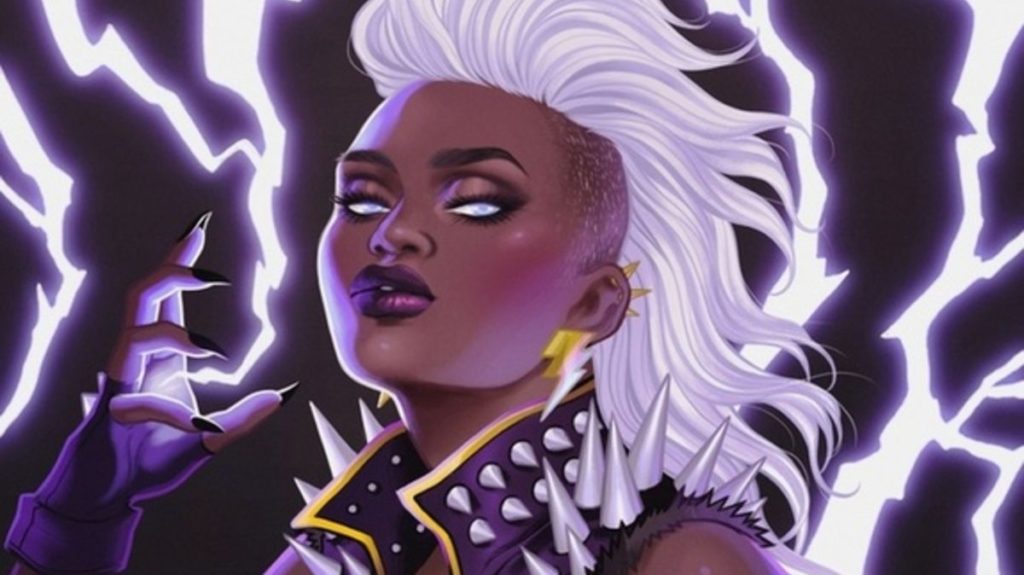
The mohawk is a symbol of both power and confidence. It would have been easy for writers to give her a mohawk and change nothing. After all, character changes happen all the time in comics. But with Storm, they couldn’t do that. The history of Storm proves that she was the most important ‘X’ character to come out of Giant-Size X-Men. Mistreating the character would’ve set both female and Black superheroes back decades.
So they didn’t. Since it’s debut, she’s gone back to the haircut time and again.
At the end of the day, there’s no denying what the history of Storm has done and continues to do for comic books. She is the backbone of the X-Men, one of the most powerful mutants on the planet, a guiding light to so many, and the reason that Black female superheroes are where they are today. She reminds the world that it’s ok to follow your own path and to live life as you see fit. For this, we all owe her a debt of gratitude.
Agree?
Disagree?
As I do with all of these in-depth articles, I’m going to leave you with this.
Comic books are the gateway to understanding the world just a little bit better. So, may they be around forever.
Would you like me to expand upon the history of Storm (Ororo Munroe)? Or would you like me to never talk about the history of Storm (Ororo Munroe) again?
Cheers,
Joel

